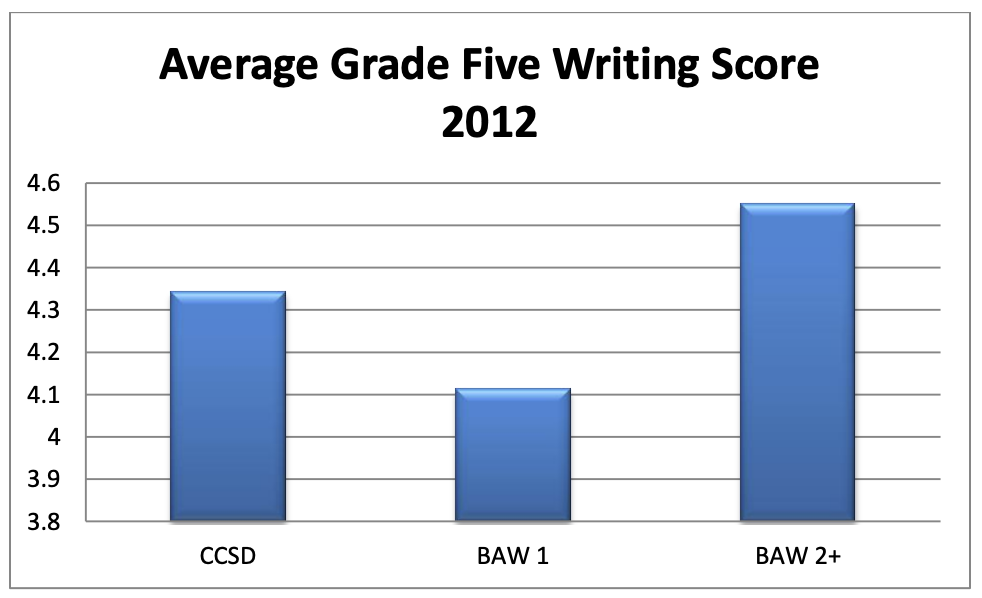Being a Writer™ is a trusted resource for educators across the country due to its thoughtful design that continuously evolves alongside research, staying aligned with what we know about best practices in writing instruction.
Download the Evidence Base below, and keep scrolling to view supporting research.
The Reading League Report
The Reading League has published a new Curriculum Navigation Report on Collaborative Literacy (which includes the Being a Writer and Being a Reader program) as an informational tool for curriculum decision makers. Visit The Reading League Compass to access the report.
ESSA Evidence Levels
The Every Student Succeeds Act (ESSA) federal education legislation emphasizes state and local control, providing school districts with the flexibility to determine appropriate curricula and interventions for their schools. The levels of evidence define the study criteria.
The chart below identifies the ESSA evidence level for Being a Writer™.

| Level 1 Strong Evidence | Level 2 Moderate Evidence | Level 3 Promising Evidence | Level 4 Demonstrates a Rationale |
|---|---|---|---|
| ✔︎ |
Level 1: Strong Evidence
A well-implemented experimental study with matched treatment and control groups
Level 2: Moderate Evidence
A well-implemented quasi-experimental study with matched treatment and control groups
Level 3: Promising Evidence
A well-implemented correlational study with statistical controls for selection bias
Level 4: Demonstrates a Rationale
A program or practice, under evaluation, that is informed by research
Case Study

Being a Writer Program Evaluation, Clark County School District
The Literacy and Research Departments in Clark County School District, Nevada, collaborated in 2012 to complete a program evaluation on the implementation of the Being a Writer program. The evaluation studied the program for its effects on student and teacher outcomes through surveys, teacher responses, and by analyzing the Nevada Writing Proficiency Examination (NWPE) scores of fifth grade students. Results indicated that schools with more than one year of Being a Writer implementation had significantly higher NWPE scores than schools that did not implement. Teachers also reported higher efficacy for writing instruction and an improvement in students’ writing voice, word choice, and overall quality of writing. Improved student communication, listening skills, and respect for their peers was also noted.
Download Digital Sample Kit
Get the Being a Writer brochure, sample lessons, and more.